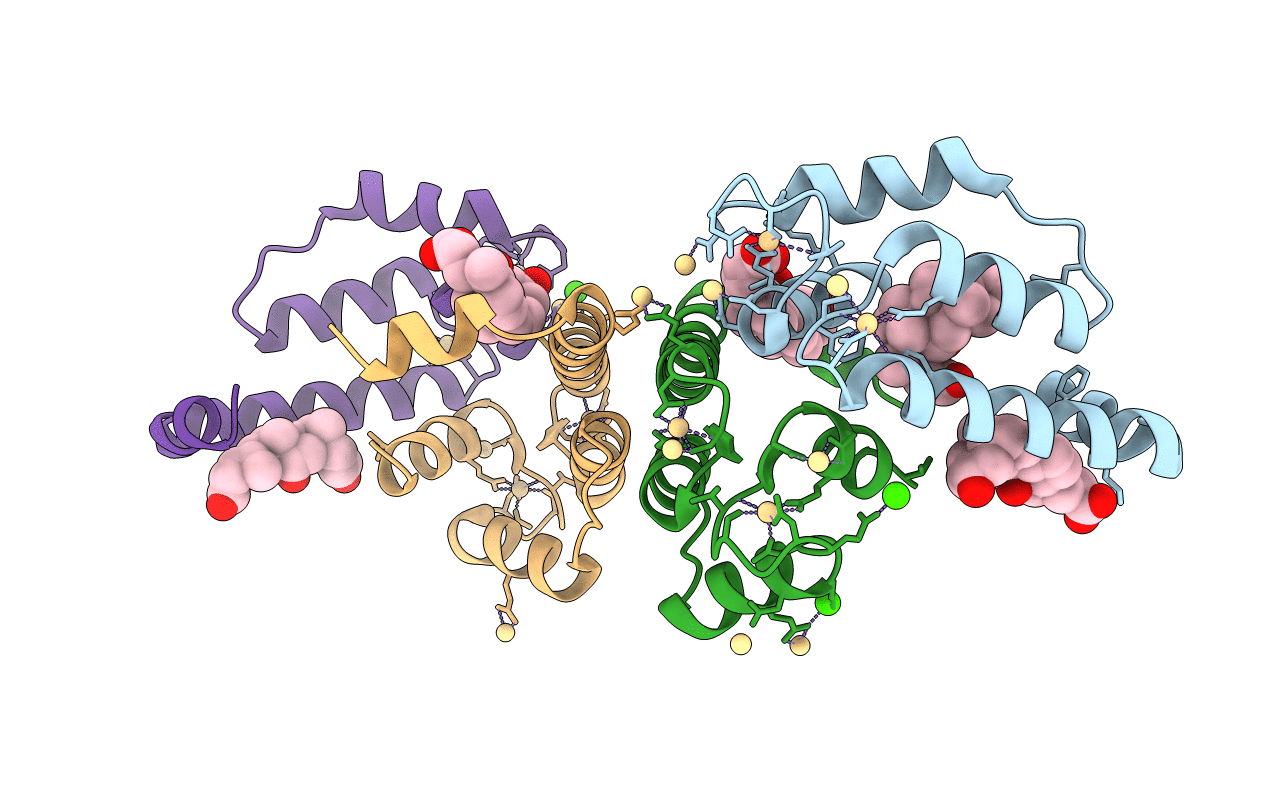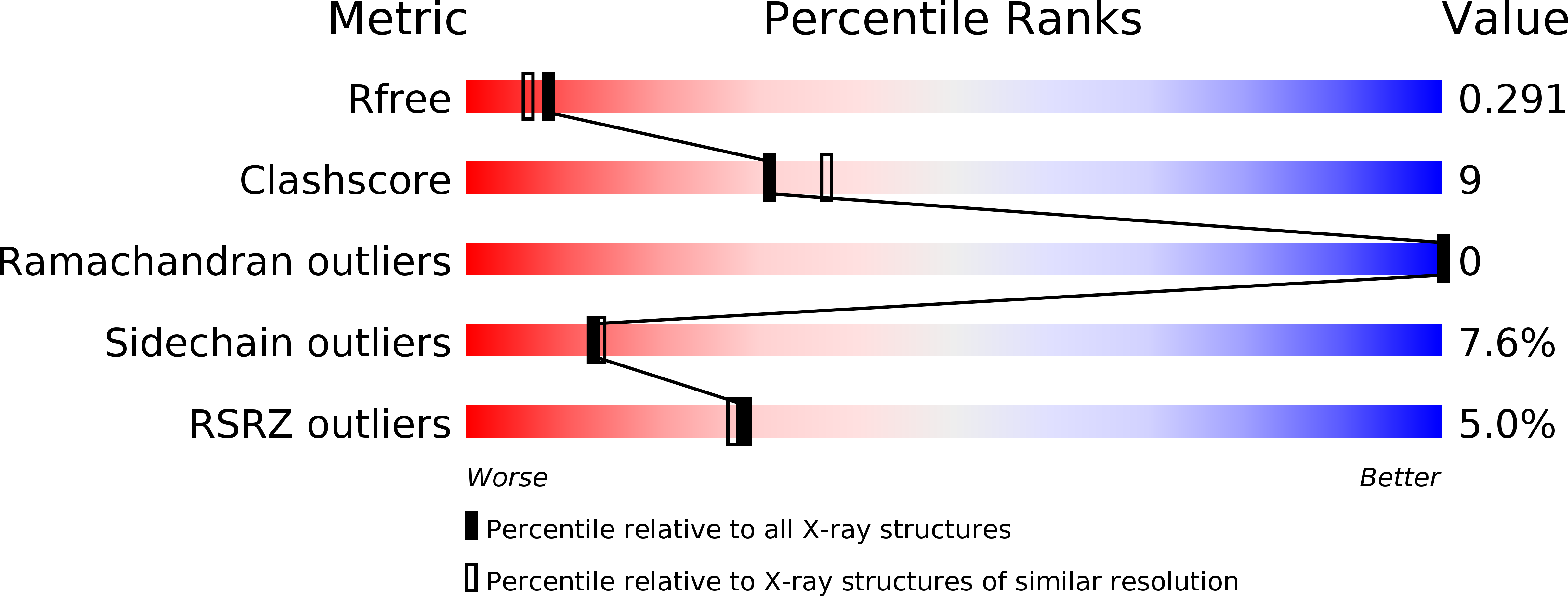
Deposition Date
2011-05-06
Release Date
2011-08-31
Last Version Date
2024-10-16
Entry Detail
PDB ID:
3RV5
Keywords:
Title:
Crystal structure of human cardiac troponin C regulatory domain in complex with cadmium and deoxycholic acid
Biological Source:
Source Organism:
Homo sapiens (Taxon ID: 9606)
Host Organism:
Method Details:
Experimental Method:
Resolution:
2.20 Å
R-Value Free:
0.28
R-Value Work:
0.22
R-Value Observed:
0.22
Space Group:
P 21 21 2


